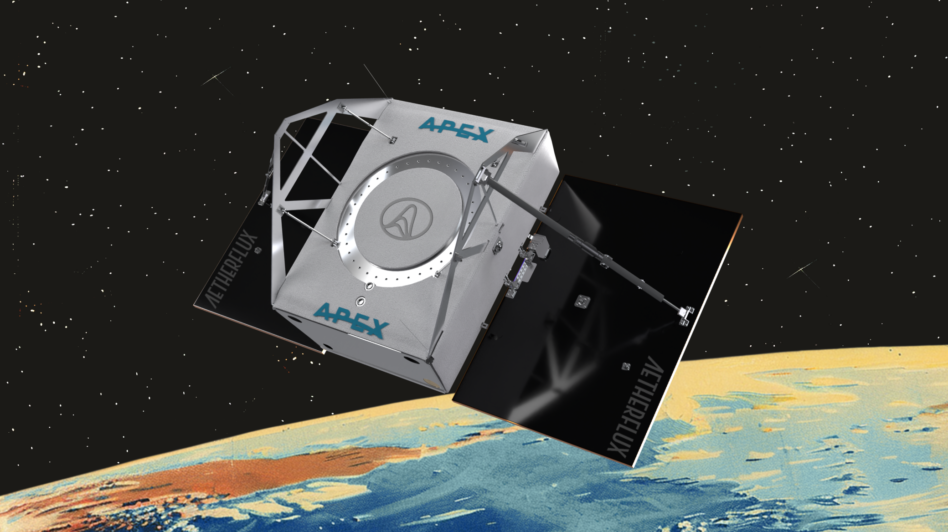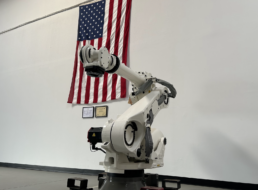Baiju Bhatt made a fortune as a stockbroker for the 21st century as co-founder and co-CEO of Robinhood, the electronic trading platform that defined the pandemic stock market. Now, he’s founded a new company, Aetherflux, to revolutionize the power grid—from orbit.
Space ran in Bhatt’s family (his father was a long-time NASA employee), and he always had an eye on the cosmos while studying physics and math at Stanford University. Now, with a small team in San Carlos, CA, backed by ten million dollars in personal capital, Aetherflux is preparing to launch a satellite in late 2025 or early 2026 to generate solar power and beam it back to Earth.
“This is not your grandfather’s space solar power design,” Bhatt said, referring to plans that rely on large-scale orbital construction and transmission via microwaves. “What we’re doing is trying to take an approach that’s fundamentally around commercialization…and so our approach is to build a constellation of smaller satellites that are transmitting power with infrared lasers.”
Flux capacitor: A key obstacle to space-based solar power schemes is the need to use large transmitters and antennas to move energy with microwaves. Lasers are a more focused power transmitter, allowing for receivers just five to ten meters in diameter, Bhatt told Payload.
The technical challenge is in thermal management: High-powered lasers generate lots of heat, and radiating that safely into the vacuum of space will require tricky engineering to allow for constant transmission.
Spec sheet: The first Aetherflux demonstration mission will:
- Fly on an Aries satellite bus built by Apex
- Orbit at ~550 km
- Operate a kilowatt-class laser
- Transmit to Earth for 30 seconds to a minute during ten-minute passes over a ground receiver.
The long-term plan is to build a 100-satellite power system to serve those who need power in difficult settings, like military bases or remote mines.
Safety first: The US Naval Research Laboratory demonstrated infrared laser power transmission on the ground in 2019, beaming 400 watts of power across 325 meters. Lasers of that intensity generally require safety gear, but in the Navy’s case, the beam was designed to shut off automatically when a foreign body approached it.
Asked about obtaining regulatory permission to beam power from space, Bhatt noted that his small team already has two laser safety officers on board.
“We’ve had early conversations with various regulators, but I’ll just say on that one, we plan on engaging fully with them and demonstrating the utility of this technology,” Bhatt said.




